|
Diagnostic Testing
Little Critters Veterinary Hospital - Gilbert, AZ
Welcome to the Diagnostic Testing page at Little Critters Veterinary Hospital in Gilbert, AZ. This page is your comprehensive guide to the variety of diagnostic tests we offer to ensure the health and well-being of your pets. Understanding the inner workings of your pet's body is crucial for effective treatment and care, and our state-of-the-art diagnostic capabilities make this possible. From basic blood tests like CBC and Chemistry Panels to more advanced diagnostics such as viral/infectious organism testing, urinalysis, and fecal testing, we cover a wide spectrum of services. We also provide sophisticated imaging options like radiographs and ultrasonography, and specialized procedures like endoscopy, ECG, and blood pressure monitoring. At Little Critters Veterinary Hospital, we believe in using the power of advanced diagnostics to detect health issues early and manage them effectively, ensuring your pet enjoys a long, healthy life. Dive into our page to discover how our diagnostic services play a pivotal role in the health care of your beloved pet.
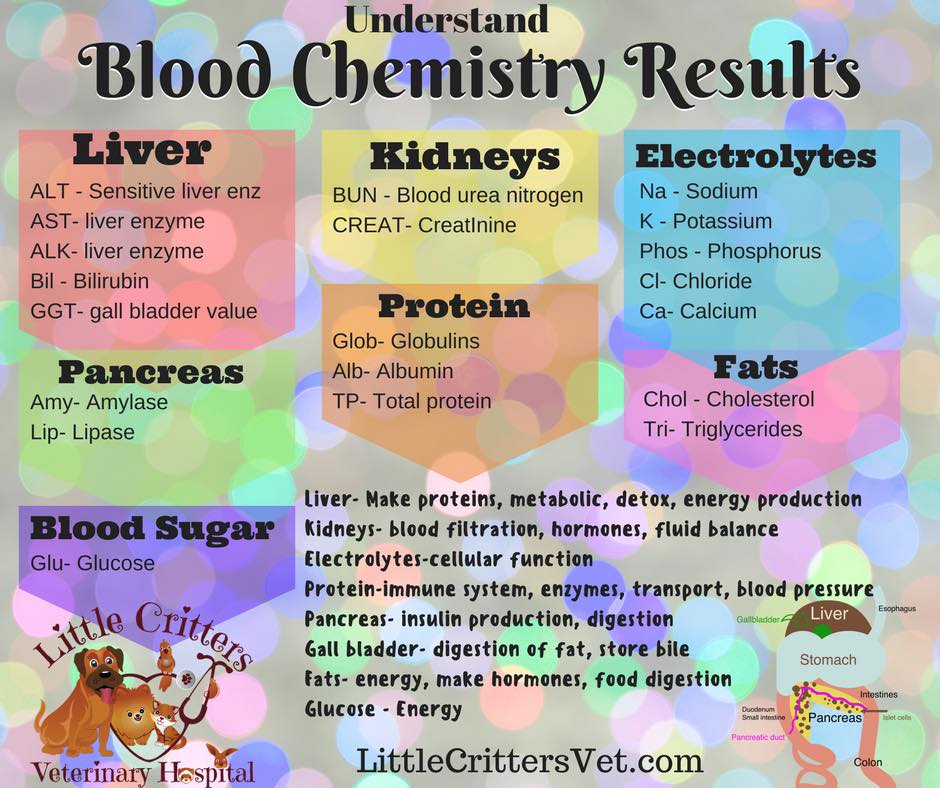
DIAGNOSTICS
It is not possible to cover all types of diagnostic tests available to our pets, but I do intend to include information on the most common diagnostic procedures available and will add additional information over time.
BLOOD TESTING: The Basics
1. CBC:
The complete blood cell count – This is a measure of the red blood cells which carry oxygen to the organs, and the white blood cells which are responsible for fighting infection. A CBC will also include information on blood protein and platelets (cells needed for clotting blood). The report will give an estimated count of all the individual cell types in your pet’s blood sample. This will allow your veterinarian to determine information such as:
- Anemia – reduced RBC count
- Increased WBCs – often indicates infection
- Reduced WBCs – can be due to viral infections or stress
- Reduced platelets – can be due to sample handling or an actual reduction for a variety of reasons, very low platelets will place the pet at risk of bleeding, many dogs (greyhounds) will normally have a lower count
- Elevated protein – can indicate dehydration
- Reduced protein – can be due to hemorrhage, lack of production, of loss through the GI tract or kidneys
- Elevated percentage of red blood cells – normal in some breeds such as greyhounds, pet’s living at higher elevations, dehydration
2. Chemistry Panel
The blood chemistry panel will provide information on organ status (liver, kidneys, and pancreas), blood protein, immunoglobulins and electrolytes.
3. Thyroid Level (T4):
The thyroid level is often added to the chemistry panel for both cats and dogs. While cats often have problems with a thyroid level that is too high, dogs are just the opposite and can have very low thyroid hormone production. A few of the more common signs of hypothyroidism are dry skin, thin hair coat, dry coat, lethargy and weight gain. Dogs with low thyroid levels can be treated with thyroid replacement medication which is inexpensive and safe. For more information on hyperthyroid cats see cat section under links below.
At Little Critters Vet we have an entire in-house laboratory suite allowing for fast and accurate diagnostics testing.
4. In-house Viral/infectious organism testing:
These are pre-packaged tests that require the application of blood or urine and positives show various color changes much like a home pregnancy test.
- (dogs) 4DX test: checks for lyme, tick fever (E.canis), anaplasma, and heartworms
- (dogs) Heartworm test: tests only for heartworms
- (cats) FeLV/FIV – Tests for feline leukemia virus and immunodeficiency
- (cats) Feline Combo test – Felv, Fiv, and now heartworms
- (dogs) Parvo Test – tests for parvo virus infections in dogs
URINE TESTING: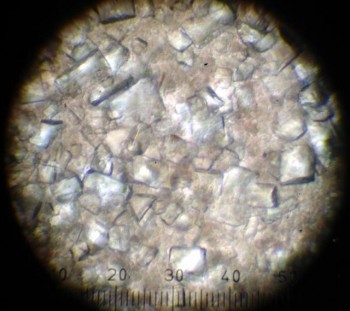 1. Urinalysis: 1. Urinalysis:
A sample is collected from your pet by holding a cup in the urine stream (free catch) or by using a needle directed into the bladder to collect a sterile urine sample. Collection by needle is called cystocentesis and is quick, safe and relatively painless. We prefer to utilize an ultrasound to allow us to see the bladder and actually see the needle enter the bladder, allowing for easier collection.
Information obtained can include:
- Urine Concentration – can indicate kidney disease or dehydration
- Bacteria Count: should be zero when collected by cystocentesis
- RBC – higher with cystocentesis, can indicate inflammation
- WBC count – and bacteria can indicate infection
- Presence and type of urinary crystals
- Presence of glucose (sugar) – can indicate diabetes
- Information regarding liver status – bilirubin
2. Urine Culture and Sensitivity
Urine is collected directly from the bladder by cystocentesis and the sample is plated and incubated in an attempt to grow bacteria. If bacteria are grown, tests are run to indicate the actual type of bacteria and than the bacteria are challenged with various antibiotics to determine the effectiveness of the medications against that specific type of bacteria.
3. FECAL TESTING:
Fecal examinations are commonly done on puppies, kittens and pets with diarrhea.
Routinely used to float parasite eggs to the surface of a liquid where they are collected on a slide coverslip and examined under a microscope. Fecal Direct Smear: Directly plating feces on a slide and examining for moving organisms such as Giardia and smaller ova. Fecal Cytology: Feces are applied to a microscope slide and stained with a dye to allow viewing of cells such as bacteria, RBC and WBC. Fecal cytology can be helpful with diagnosis of gastrointestinal inflammation, microscopic bleeding, and bacterial enteritis.
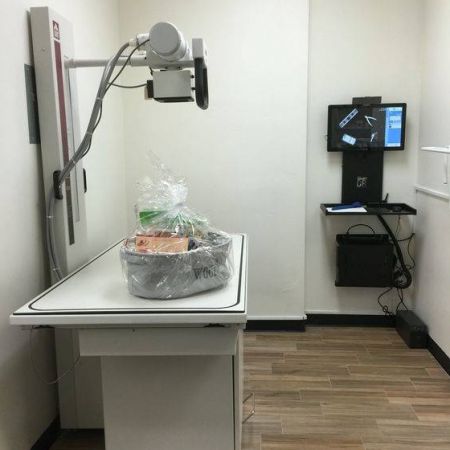 4. RADIOGRAPHS: 4. RADIOGRAPHS:
Advantages:
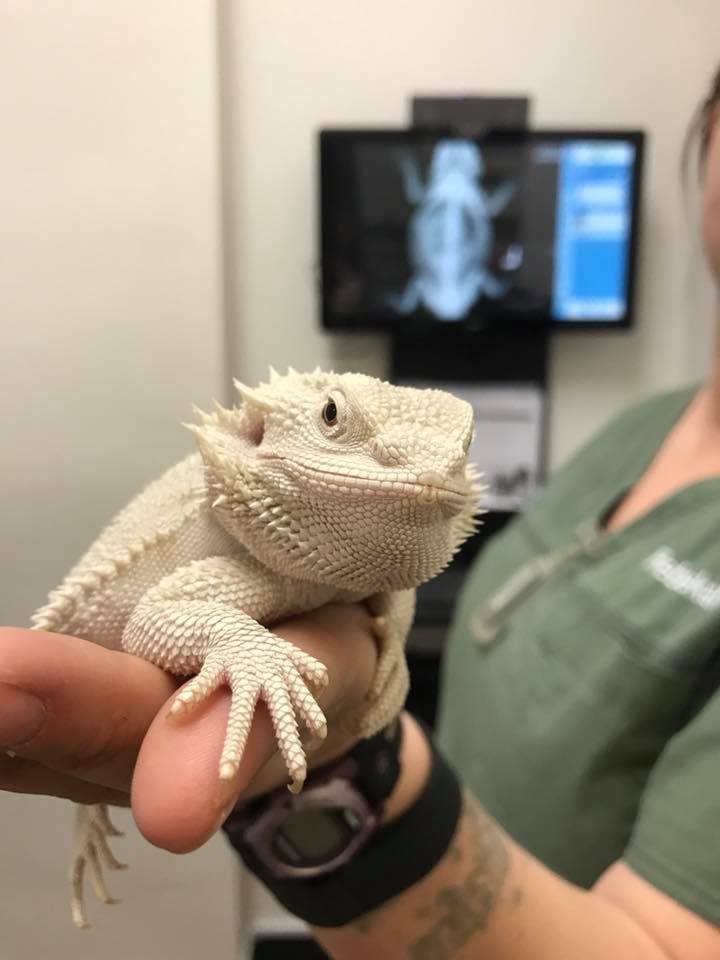
- Readily available in most veterinary hospitals
- Can often provide a quick in house diagnosis
- Excellent for viewing skeletal structures
- Can often provide supportive information to help confirm a diagnosis
Disadvantages:
- Viewing in shades of gray and is not the same as actually seeing the structures
- Abdominal detail is influenced by the degree of fat and reduced by fluid
- Only structures large enough to be seen with the naked eye will show up
- Biopsy is often needed for a more specific diagnosis of organ disease
At Little Critters Veterinary Hospital we have installed the most current imaging technology (Sound DR) for digital imaging allowing fast results with exceptional detail allowing us to image the smallest to the largest companion animals.
5. ULTRASONOGRAPHY:
The same as a pregnancy ultrasound but also used for viewing structures in the abdomen and the thorax (chest). An ultrasound of the heart is called an echocardiogram and is an excellent tool for diagnosing the type and severity of heart disease. Abdominal ultrasounds can be used for those pets that have poor abdominal detail on radiographs or for a guided biopsy of organs or a mass.
At Little Critters Veterinary Hospital we collect our urine samples with the aid of an ultrasound and regularly do reproductive ultrasounds. Further diagnostic ultrasounds are completed by a specialist who visits our hospital as needed.
6. ENDOSCOPY:
A long flexible or rigid tube made of mirrors that allow the veterinarian to actually view the interior of the patient. The endoscope can be inserted into just about an area of the body and small biopsy samples can be taken or foreign bodies (i.e. fish hooks) collected.
Advantages:
- Allows a direct view of internal structures
- Allows for possibility of a quick and non-surgical diagnosis
- Allows for a non-surgical biopsy
- Can collect photos or videos of internal structures for later review
At Little Critters Veterinary Hospital we have a small endoscope that we commonly use for intubation and nasal exams, further diagnostic scoping is completed by a specialist who visits our hospital.
Disadvantages:
- Limited by the size of the tube, very small scopes needed for some areas
- Can only collect small and often superficial biopsy samples
- Often able to make a diagnosis but surgery may still be needed for cure
7. ECG or EKG:

Leads are attached to the body and measure the electrical activity of the heart. Information on heart rate and rhythm is collected.
At Little Critters Veterinary Hospital we run an ECG continuously during all anesthetic procedures and have a small wireless device that is also used quickly and easily on awake patients.
8. BLOOD PRESSURE:
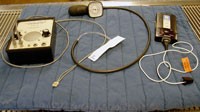
- It is vitally important that blood pressure be measured while a pet is under anesthesia A frequently used tool in older cats suspected of having hyperthyroidism or heart disease. Or in dogs with conditions such as Cushings. Blood pressure cuffs come in different sizes and it is important to select the correct size for the patient. The width of the cuff needs to be about 0.3-0.4 times the diameter of the limb. To quickly check the fit of the cuff align the cuff with the limb lengthwise and the cuff should go less than half way around the limb diameter and at least a quarter of the diameter. A cuff size that is too wide will result in a lowered blood pressure reading.
We also like to place the pet in a darkened room on a comfy bed and have the owners talk to the pet while we are measuring the blood pressure. All these procedures help to calm the pet and result in more accurate readings. Regular blood pressure measurements can be useful for cats with kidney disease and hyperthyroidism.
At Little Critters Veterinary Hospital we feel that blood pressure monitoring during anesthesia is so important that we actually measure it in two different ways (automated machine and manual doppler).
|